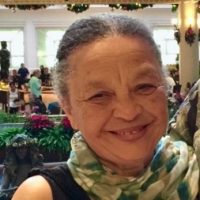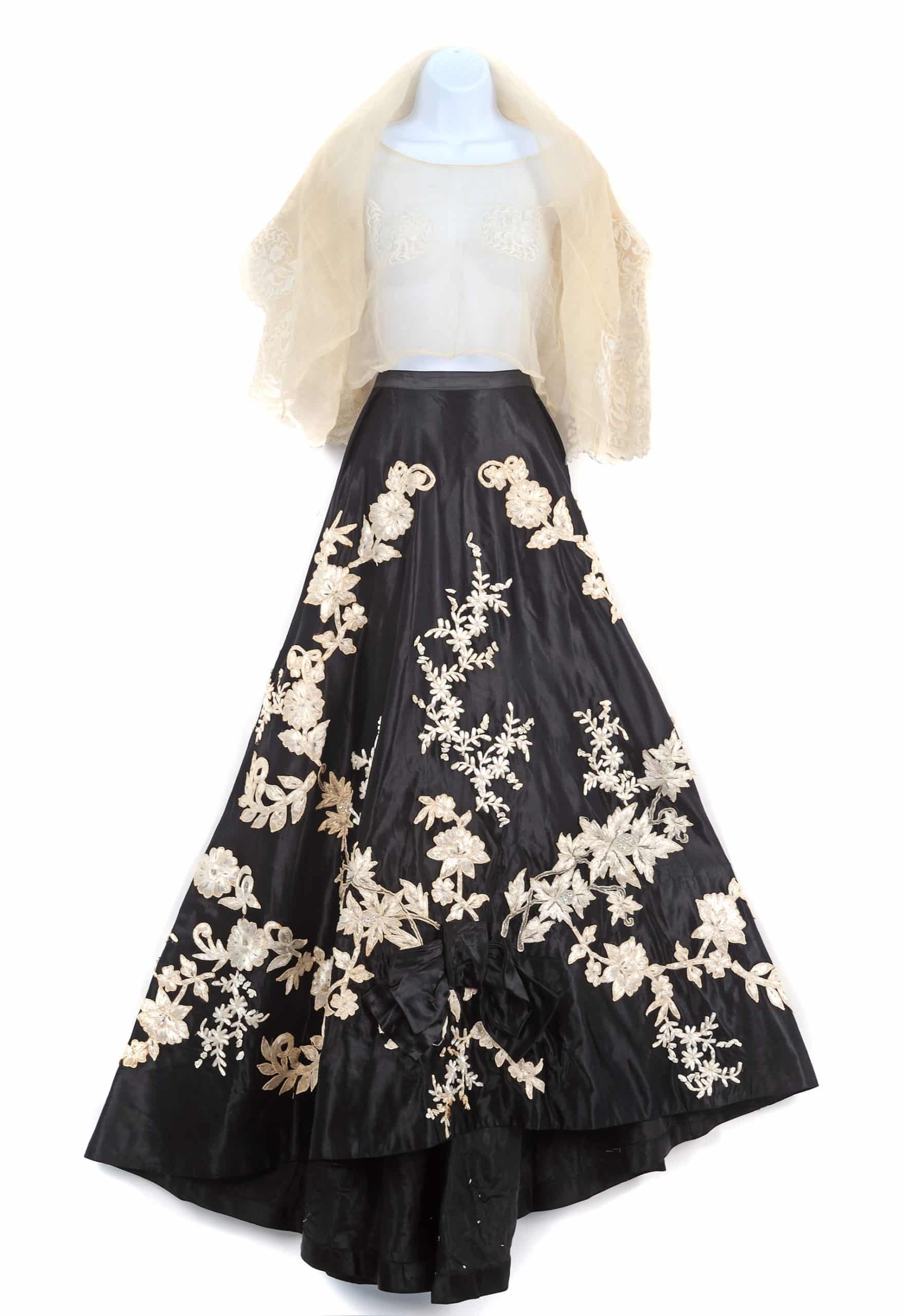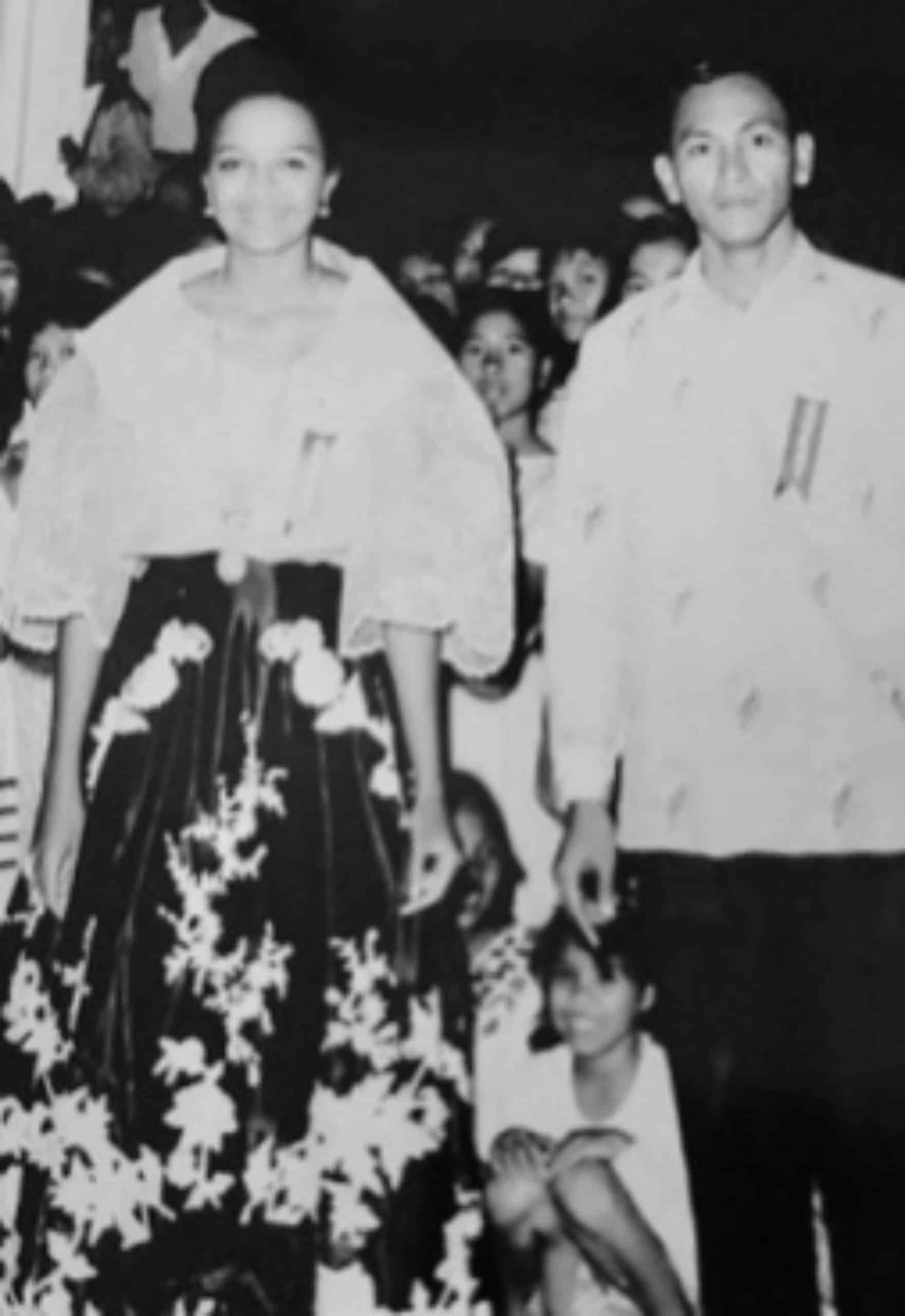I was twenty-two years old. There was no internet, no one had cellphones, few people travelled to far-flung regions. The world seemed much larger when I heard President Kennedy invite young Americans to join the Peace Corps.
When I left Baltimore to fly to Hawaii for Peace Corps training, the faces of my relatives were plastered against the airport windows.
Settling into teaching in Siniloan, Laguna with Helen, my Filipina co-teacher, I noticed similarities and differences between our cultures. The Filipino value system had many features I could relate to, including family loyalty, belief in justice, friendship, community, hard work, hospitality and trust in God.
Cultural differences were also profound. I no longer felt the urgency of time. I carried a book with me so I could read while waiting an hour or so for buses to arrive, or for social functions to begin. Filipinos value feelings more than things and it was good to learn that I could be happy with few possessions. People tended to accept realities they could not change.
Living with Helen’s family, I was overwhelmed by kindness and generosity. I was not allowed to prepare meals or wash my clothes. After leaving my bedroom to brush my teeth, I’d return to find that someone had made my bed. Glancing at food on the dinner table was all that was needed for my plate to be instantly filled. It was so different from the physical hardship Peace Corps training had predicted —climbing mountains, catching and killing chickens, walking for many miles. Even walking to school was discouraged. Every day, a 10-year-old boy came in his passenger tricycle to pedal Helen and me to and from school.
A different kind of hardship was all too familiar to me as an African American volunteer. As a tragic consequence of 333 years of Spanish colonization and 48 years as a U.S. colony, light complexions were obviously favored and Spanish ancestry was judged more positively than indigenous ancestry. Receptionists in Manila businesses had light complexions and, when I walked in the sun, a fellow teacher would hold an umbrella over my head so I would “stay beautiful.” Of the two young children in the family, Anabel, the one with the lightest complexion was pronounced “beautiful.” Her sister Beverlyn’s beauty was never mentioned.
In December 1963, teachers in our district dance troupe surprised me with a “Maria Clara” gown, which I’m now donating to the Museum. A traditional Filipino dress, also known as traje de mestiza (mixed heritage), it incorporates indigenous and Spanish influences. The dress, like me, is a mixture of black and white heritages. I danced in that dress for nearly two years and, although I’ve worn it only a few times in the U.S., it is one of my most cherished gifts.
When I returned from Peace Corps service in 1965, the Civil Rights and Voting Rights Acts were in the process of being passed and there were painful reminders that unresolved racial conflict was still a major problem in our country. We had no discussion about that before our return.
Additionally, Peace Corps training had not prepared us for the impact of leaving people with whom we formed such deep relationships. Helen, her family and I paid a high emotional price for our separation. One image continues to break my heart. Helen wrote me that after I returned to America, Anabel left home on several occasions to nurse her feelings of abandonment. The family would find her standing in the rain at the bus stop, waiting for her Tita Ann to return.
I’ve had a dream of happily walking down the street with two little girls—one very fair in complexion and the other with brown skin. In addition to the reality of many walks with Anabel and Beverlyn, the dream also prophesied walks with my two granddaughters. My life has gone through many changes since that long-ago time. I’ll always be grateful for the impact the Philippines and its people had on me, and I’ll forever treasure the memory of folk dancing with the teachers’ dance troupe in my Maria Clara gown.





